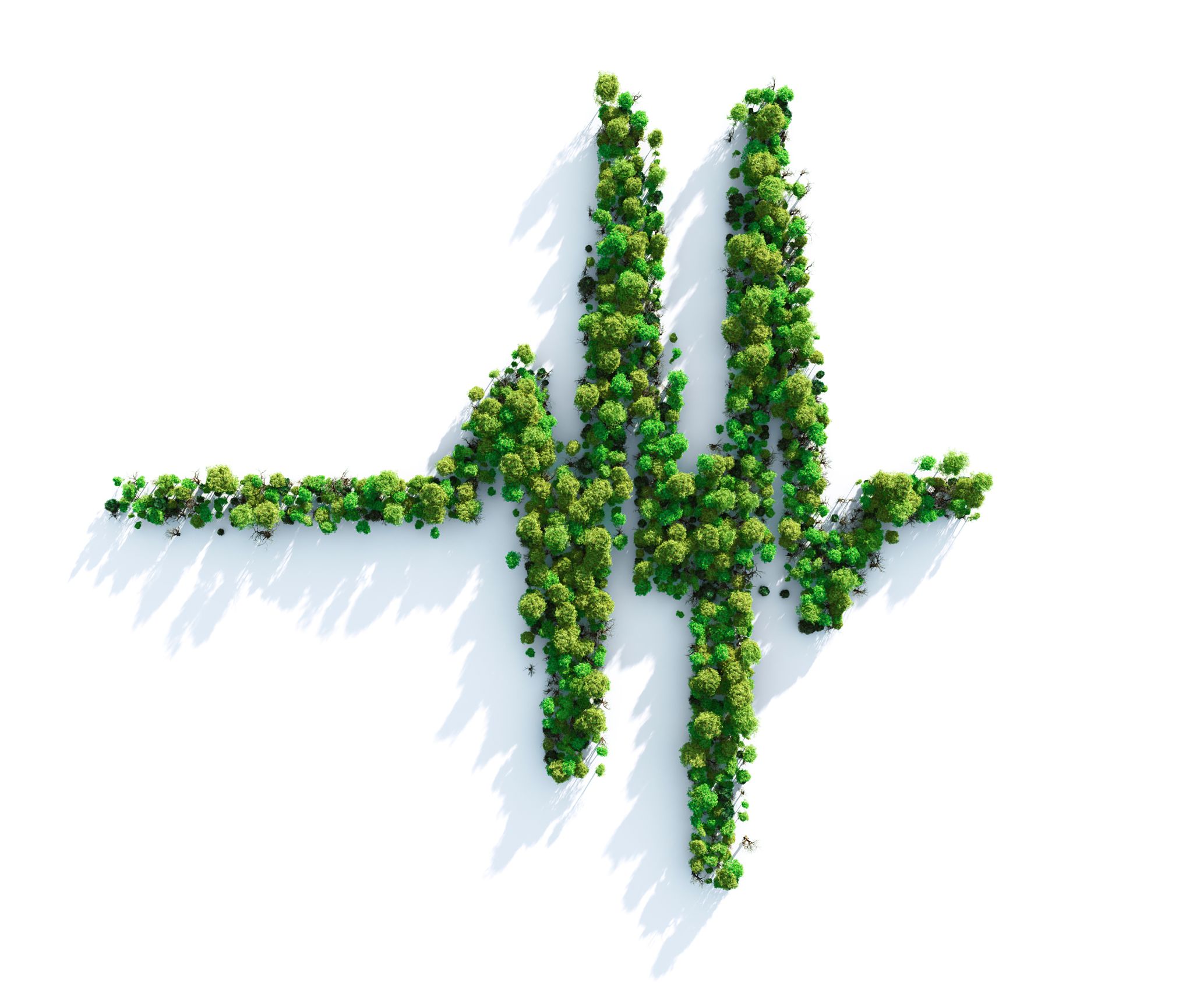A Comprehensive Guide to Tree Health: Signs Your Tree Needs Pruning
Understanding Tree Health
Tree health is an essential aspect of maintaining a vibrant and flourishing landscape. Just like any other living organism, trees require proper care to thrive. Observing signs of distress in your trees can prevent potential hazards and promote longevity. One crucial aspect of tree care is knowing when your tree needs pruning.

Why Prune Your Trees?
Pruning is not just about aesthetics; it's a vital practice to ensure the health and safety of your trees. Proper pruning can help eliminate dead or diseased branches, improve air circulation, and encourage new growth. Additionally, well-pruned trees are less likely to suffer from pest infestations and other diseases.
Promoting Healthy Growth
Pruning helps trees maintain their structural integrity and encourages new growth. By removing weak or dead branches, you allow the tree to focus its energy on producing healthy foliage and strong branches. This fosters a robust and resilient tree capable of withstanding various environmental conditions.

Signs Your Tree Needs Pruning
Knowing when to prune your trees is crucial in maintaining their health. Here are some signs that indicate your tree is in need of pruning:
- Dead or Dying Branches: These branches can pose safety hazards and should be removed promptly.
- Crossing or Rubbing Branches: Branches that rub against each other can cause wounds that may become entry points for pests and diseases.
- Excessive Growth: Overgrown branches can obstruct sunlight and air circulation, leading to an unhealthy tree.
Dealing with Disease
Disease is a common issue that can affect tree health. Look for signs such as discolored leaves, unusual growth patterns, or fungal outbreaks. Pruning infected branches can help prevent the spread of disease to the rest of the tree.

When to Prune Your Trees
The timing of pruning plays a significant role in its effectiveness. Generally, late winter or early spring is the best time to prune most trees, as this is when they are dormant and less likely to suffer from stress. However, it’s essential to consider the specific needs of different tree species, as some may benefit from summer pruning.
Consulting with Professionals
If you're unsure about how to properly prune your trees or identify signs of distress, consulting with a certified arborist can be beneficial. Professionals have the expertise to assess tree health accurately and recommend appropriate pruning techniques tailored to your trees' needs.

Conclusion
Trees are invaluable assets to our environment and require regular attention to maintain their health. By recognizing the signs that your tree needs pruning and understanding the benefits of this essential practice, you can ensure a safe and beautiful landscape. Regular inspections and timely interventions can significantly enhance the lifespan and vitality of your trees.